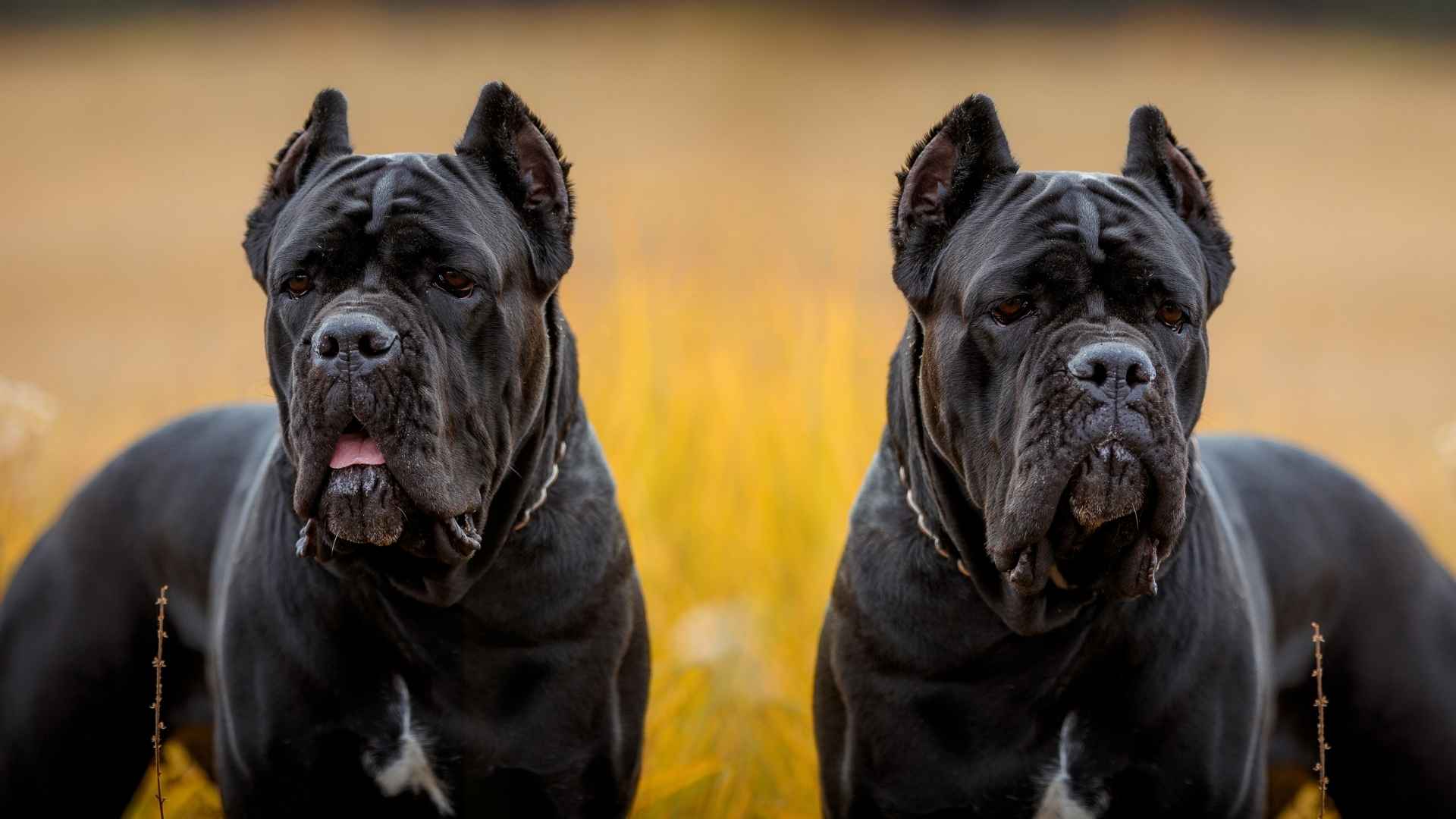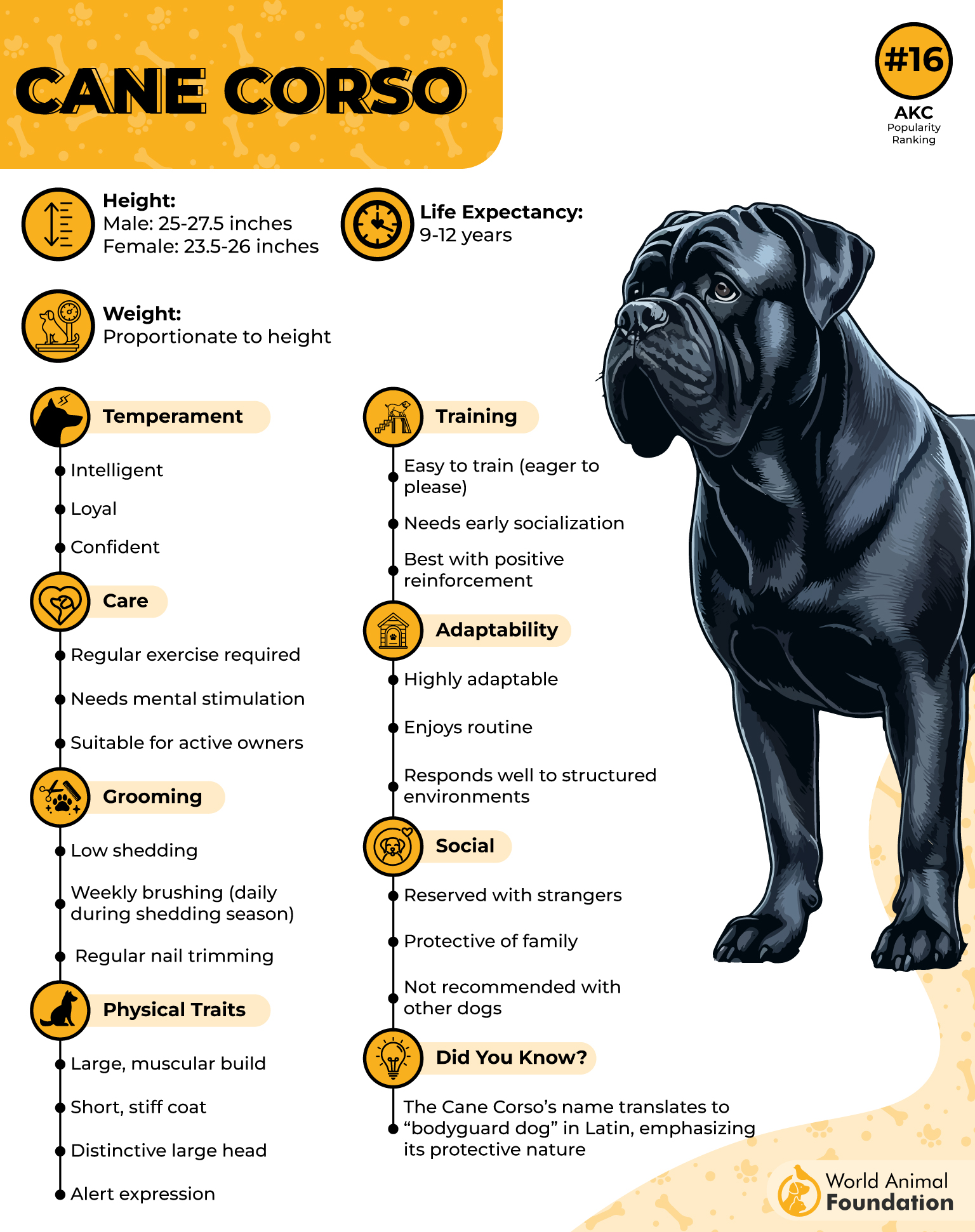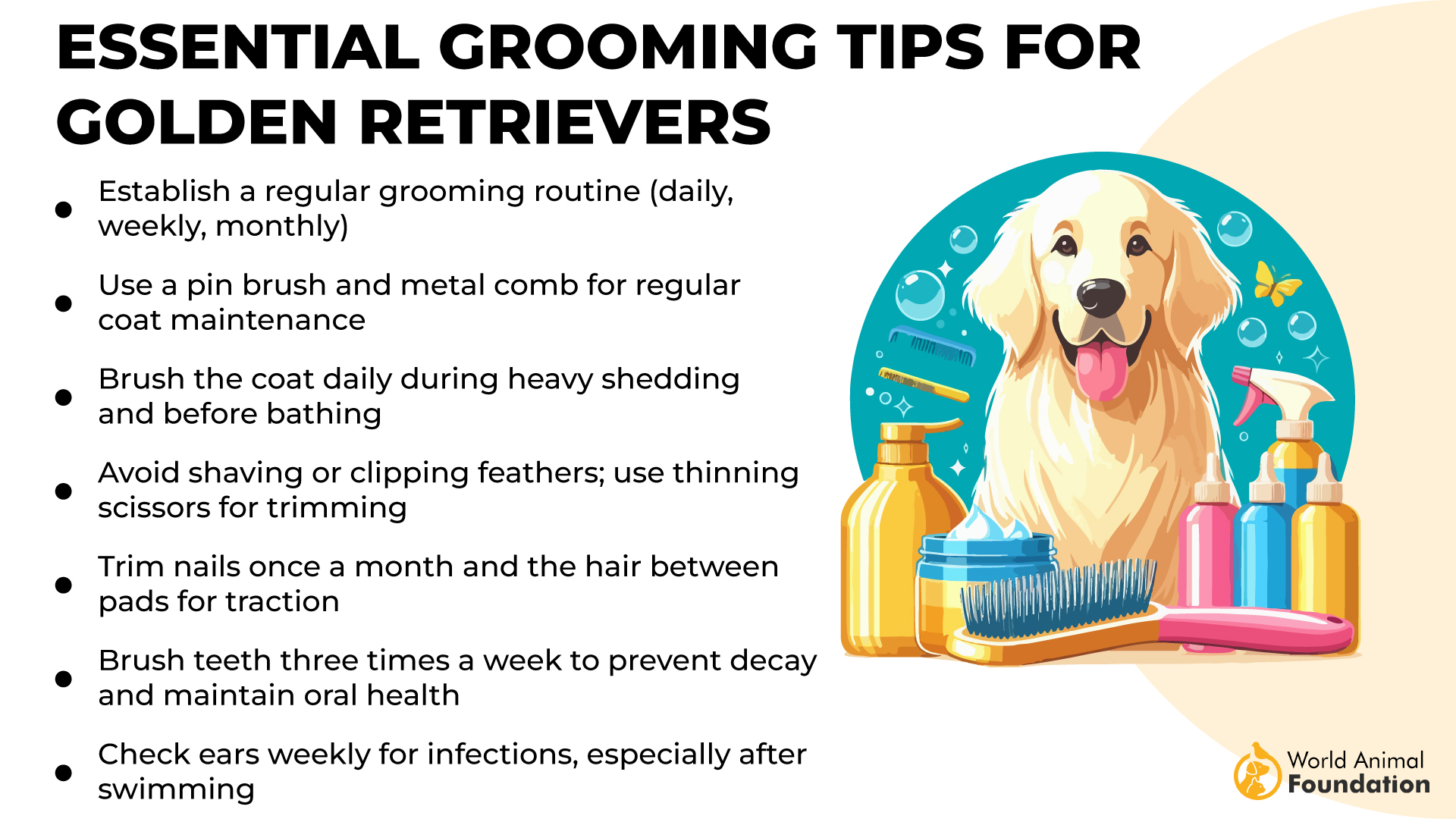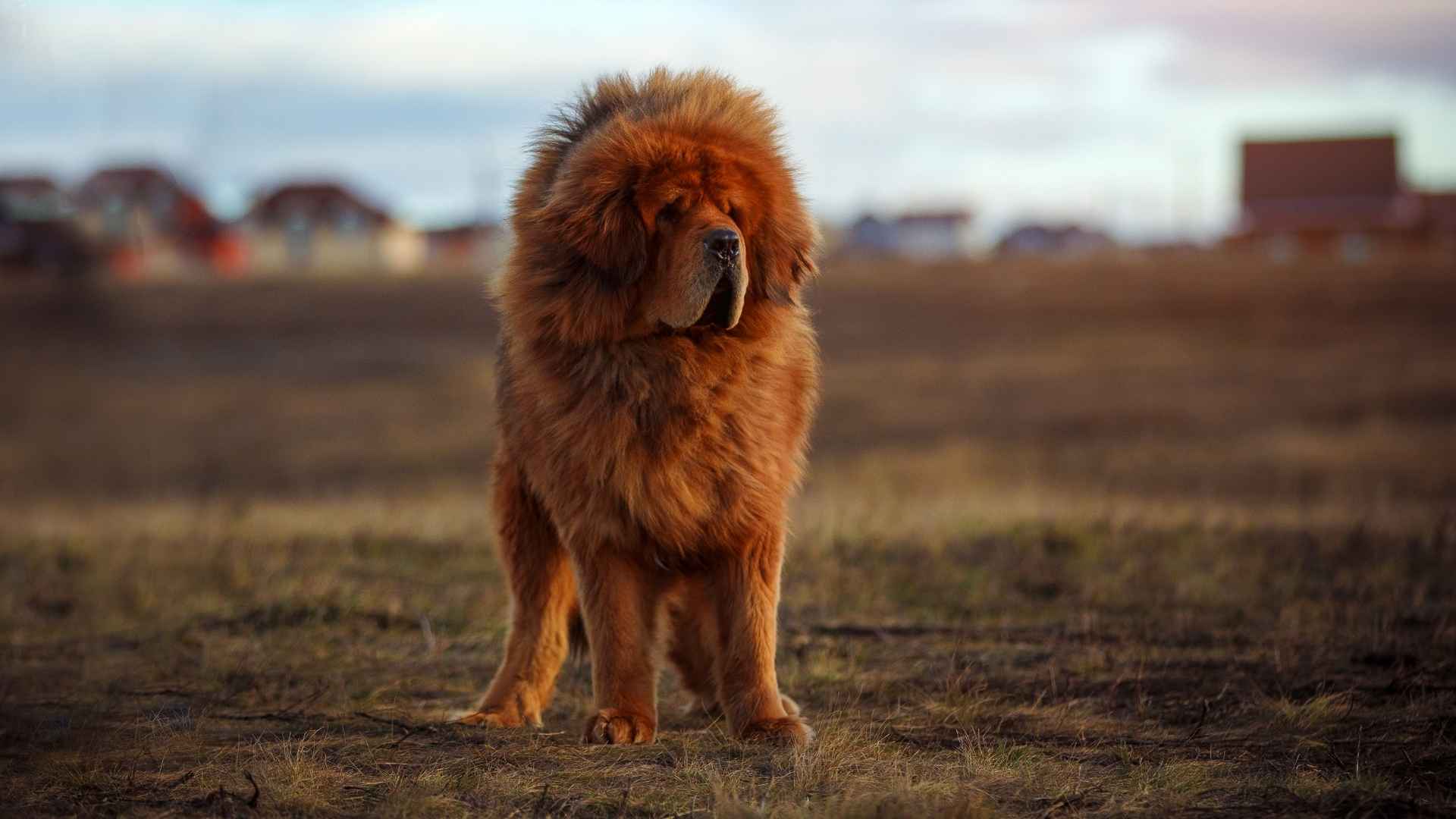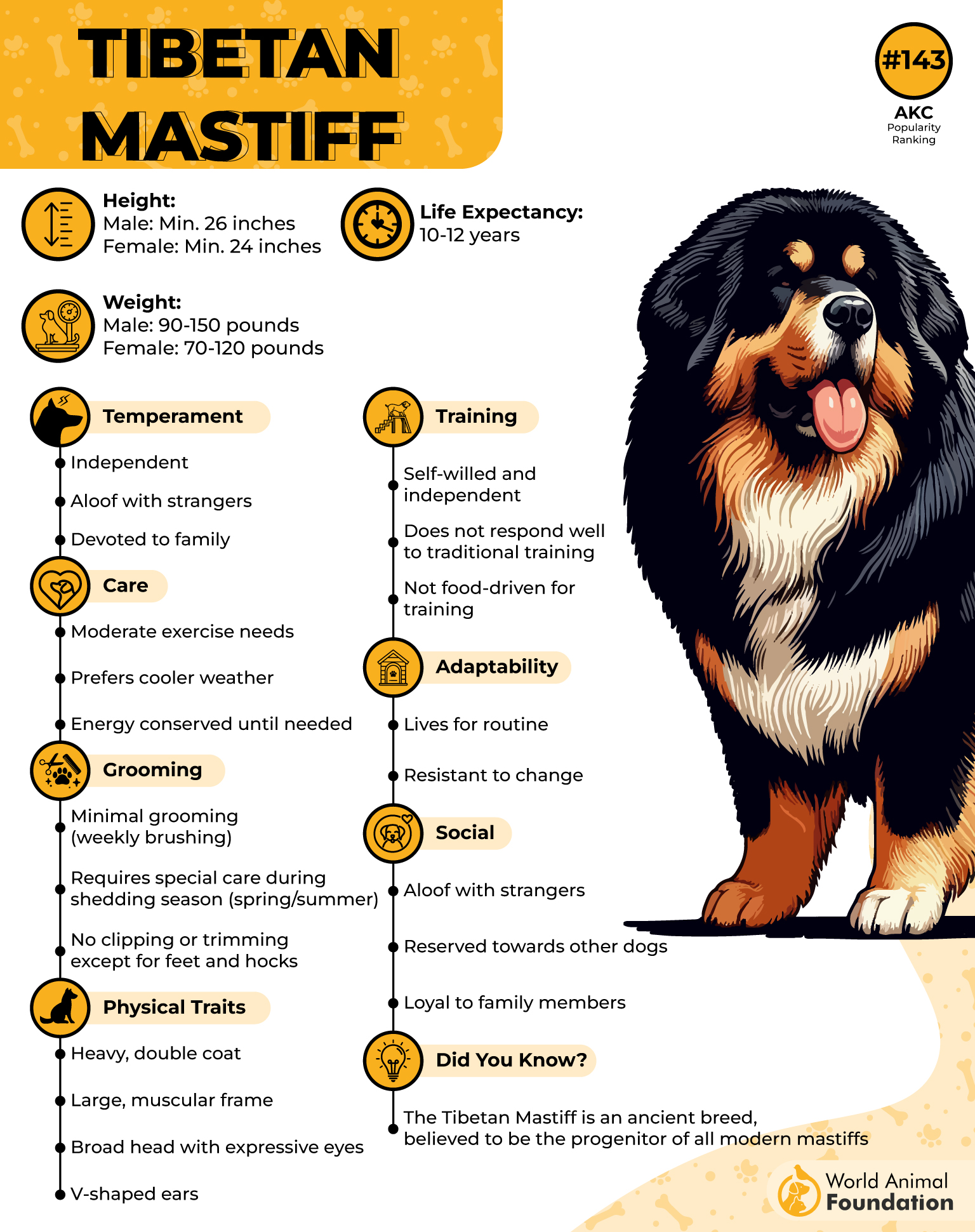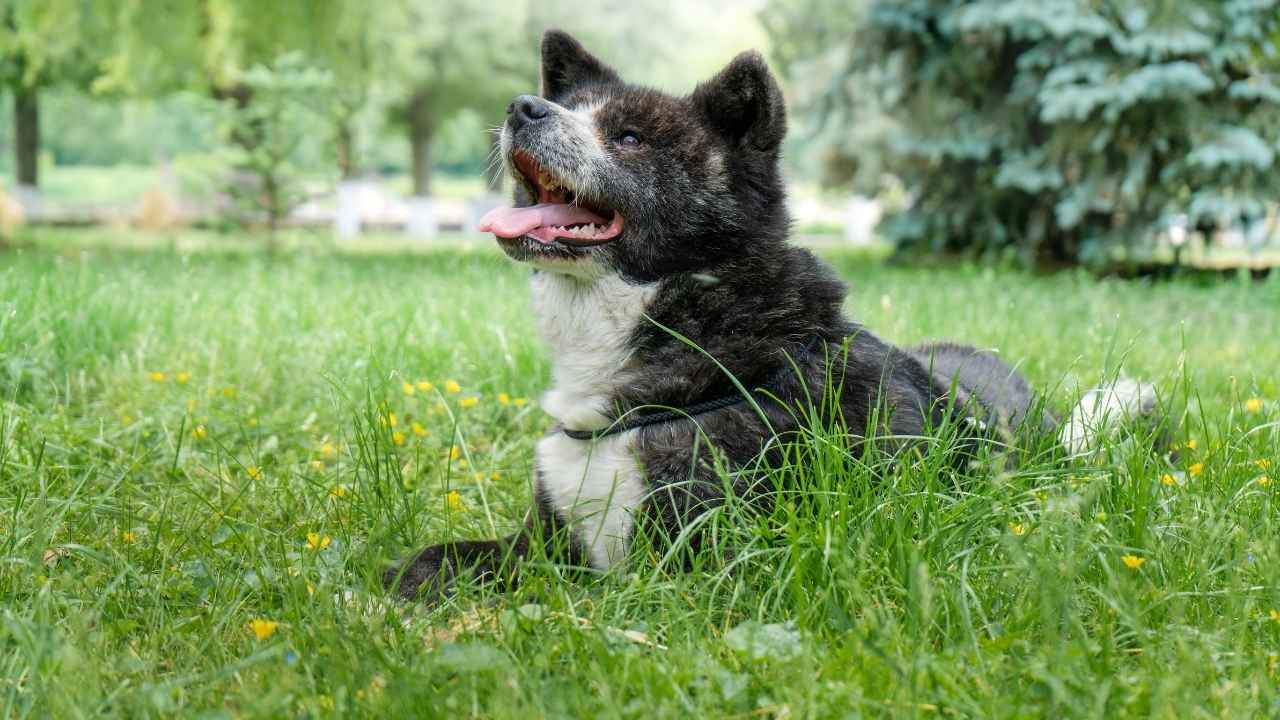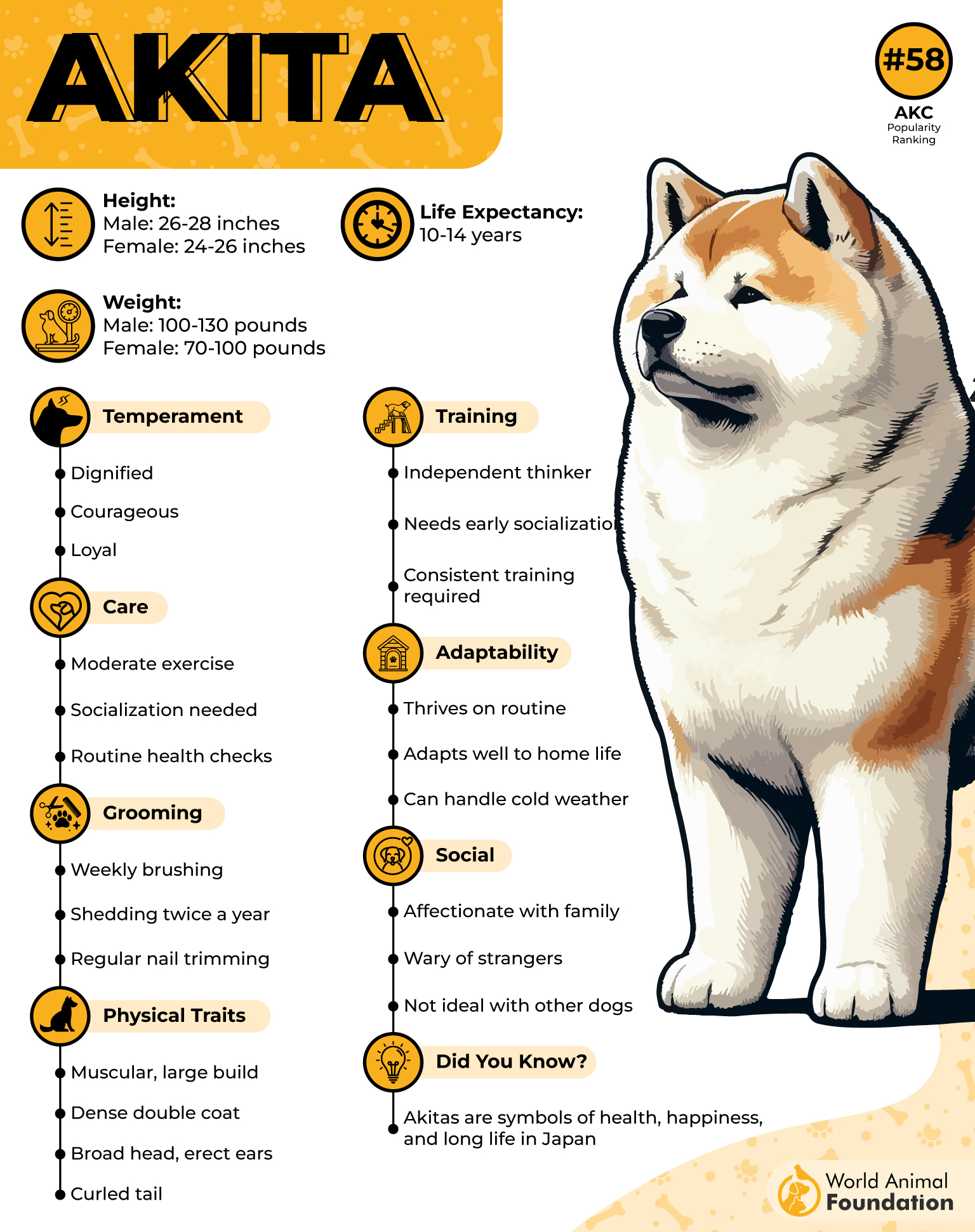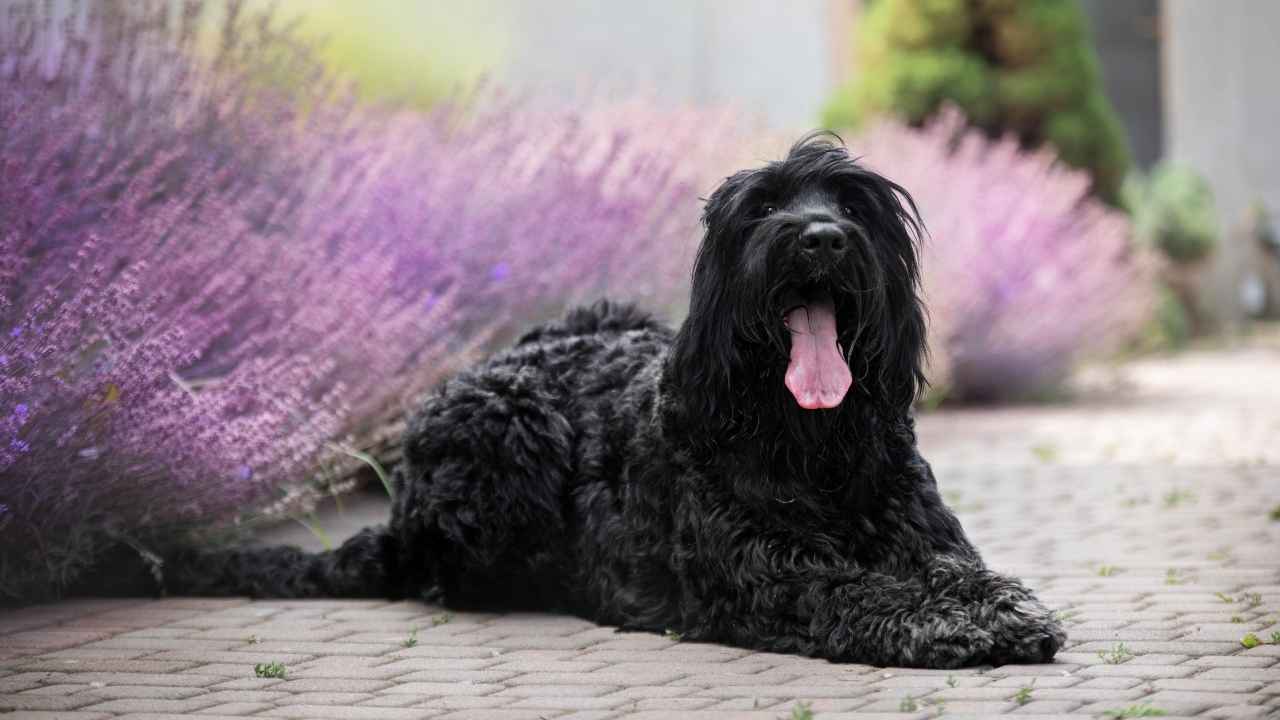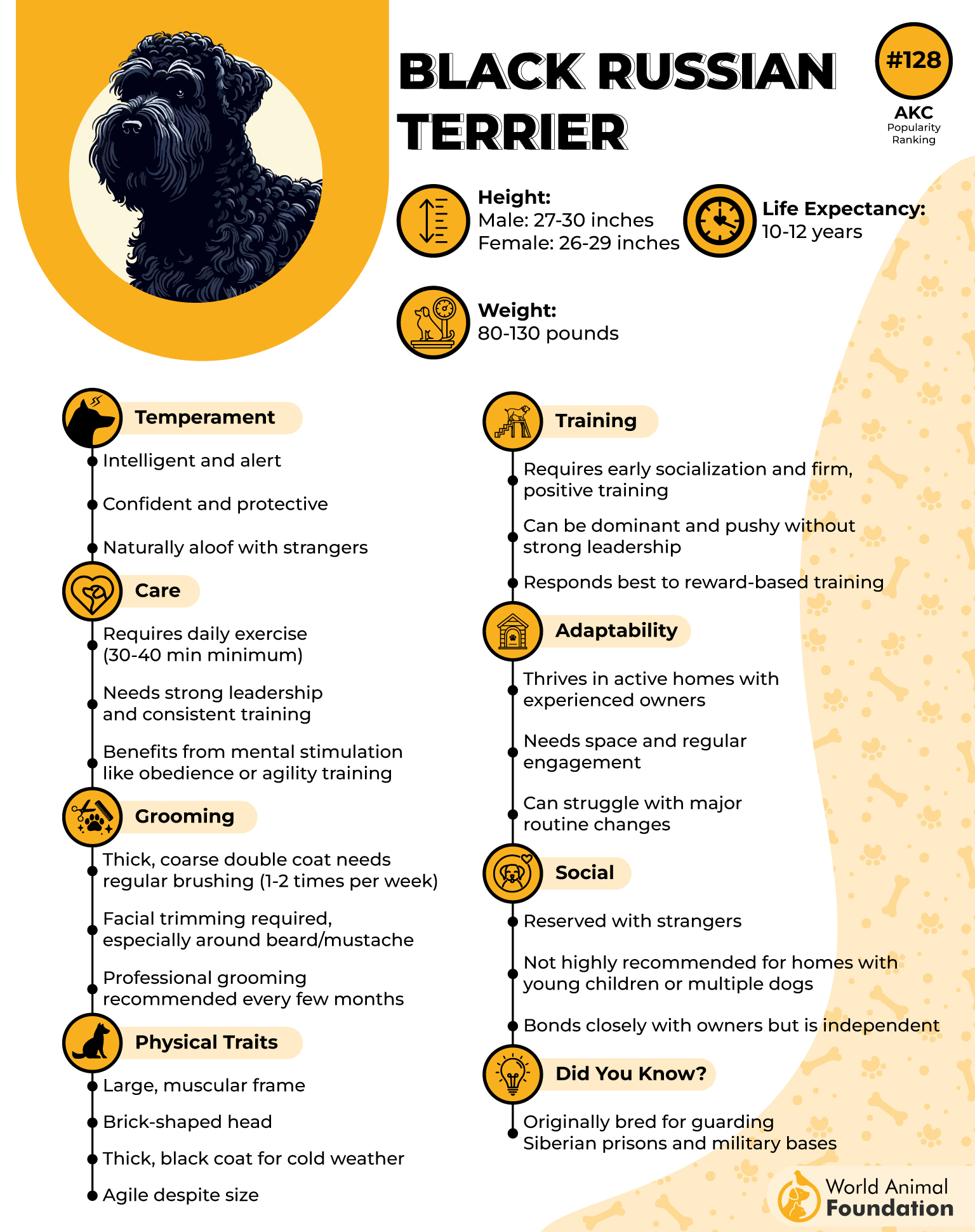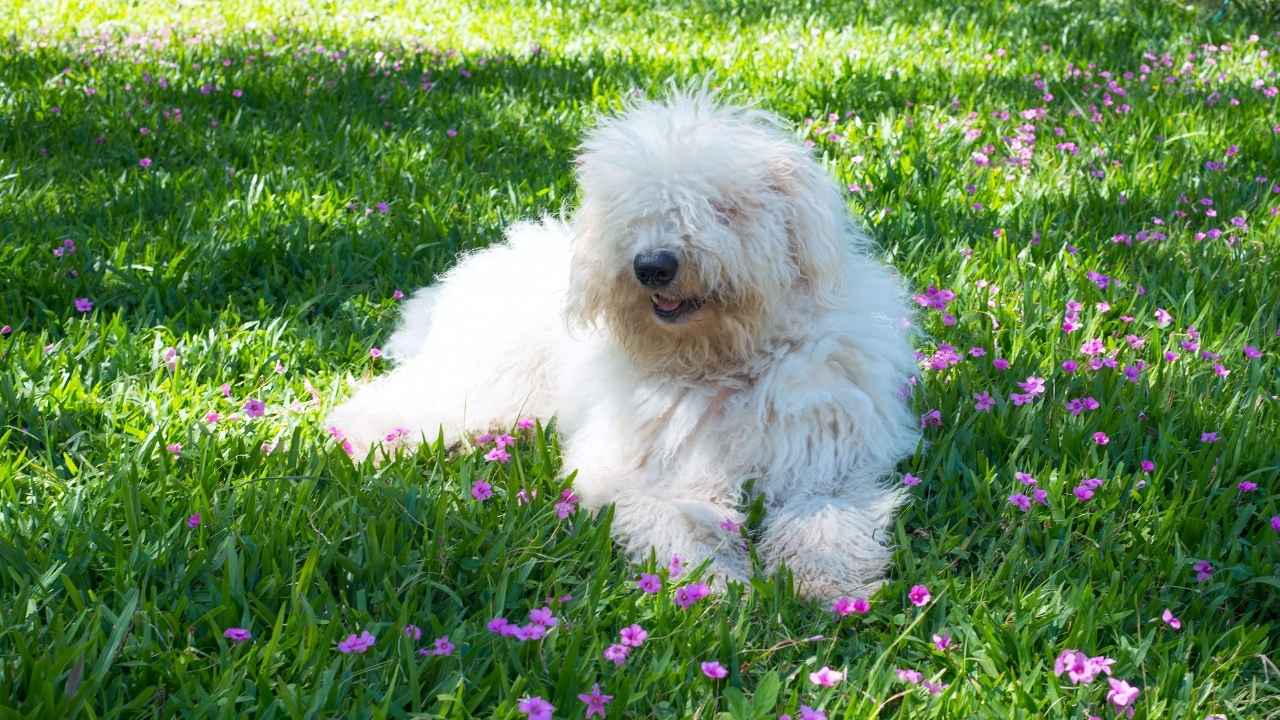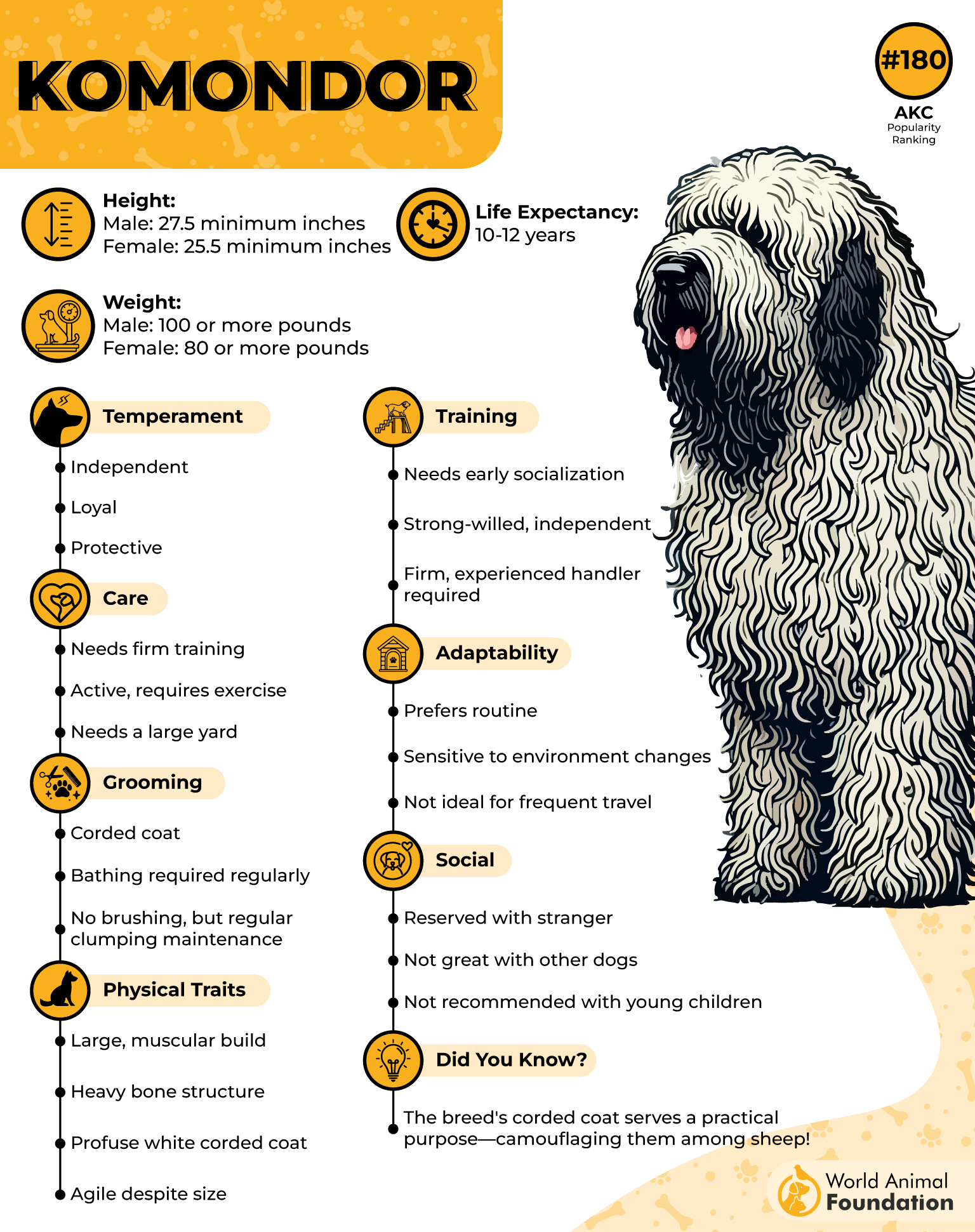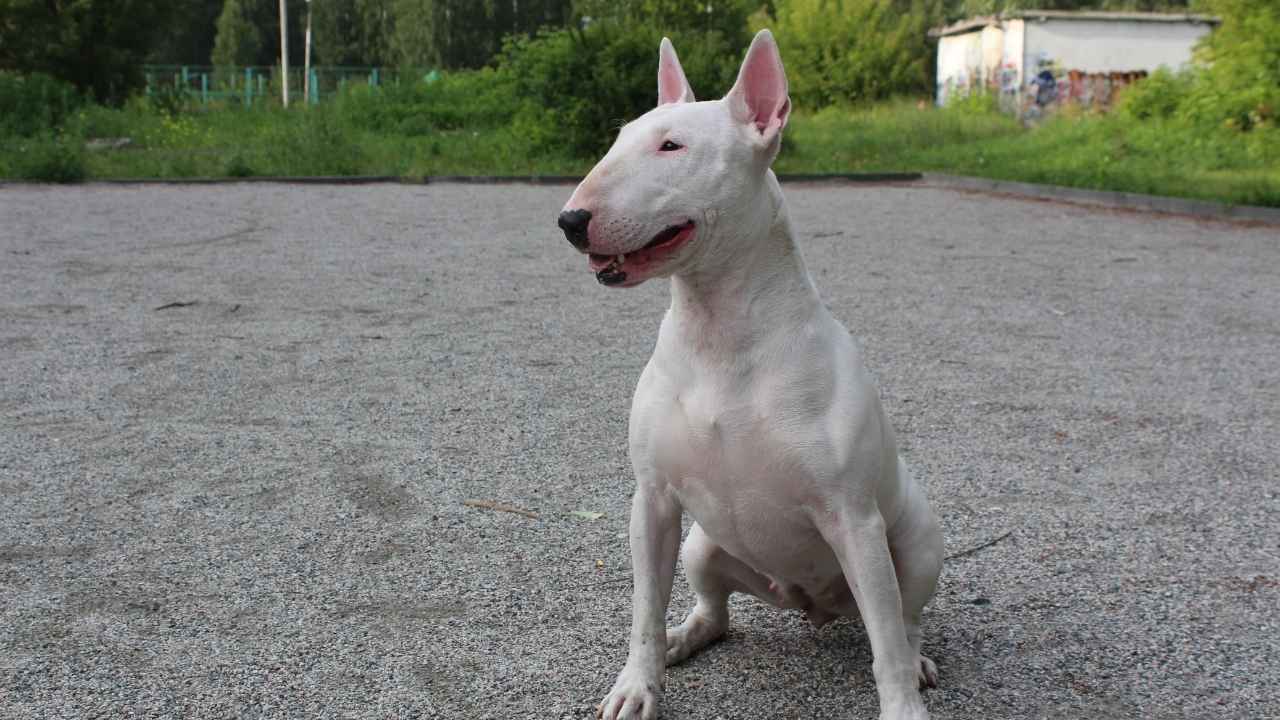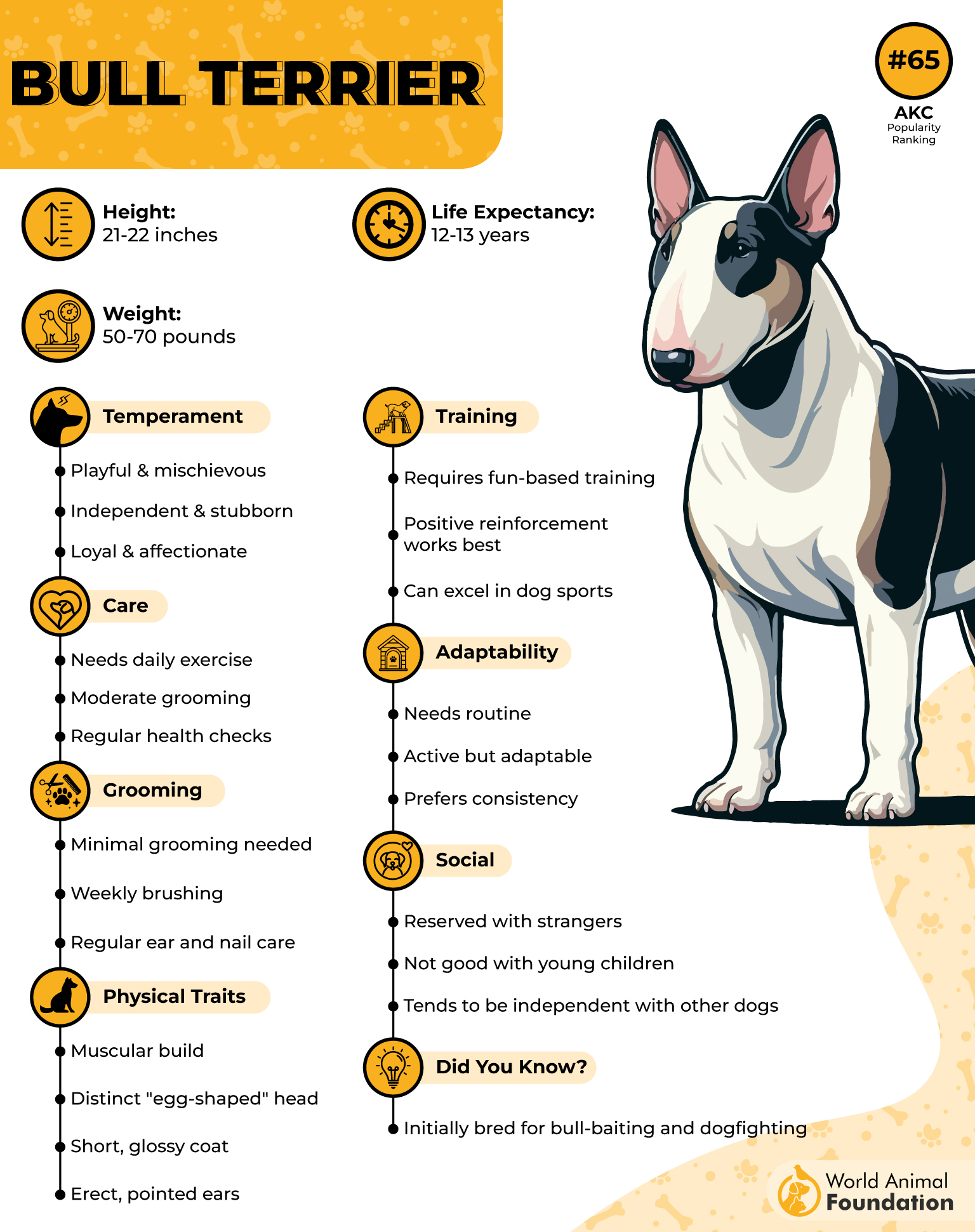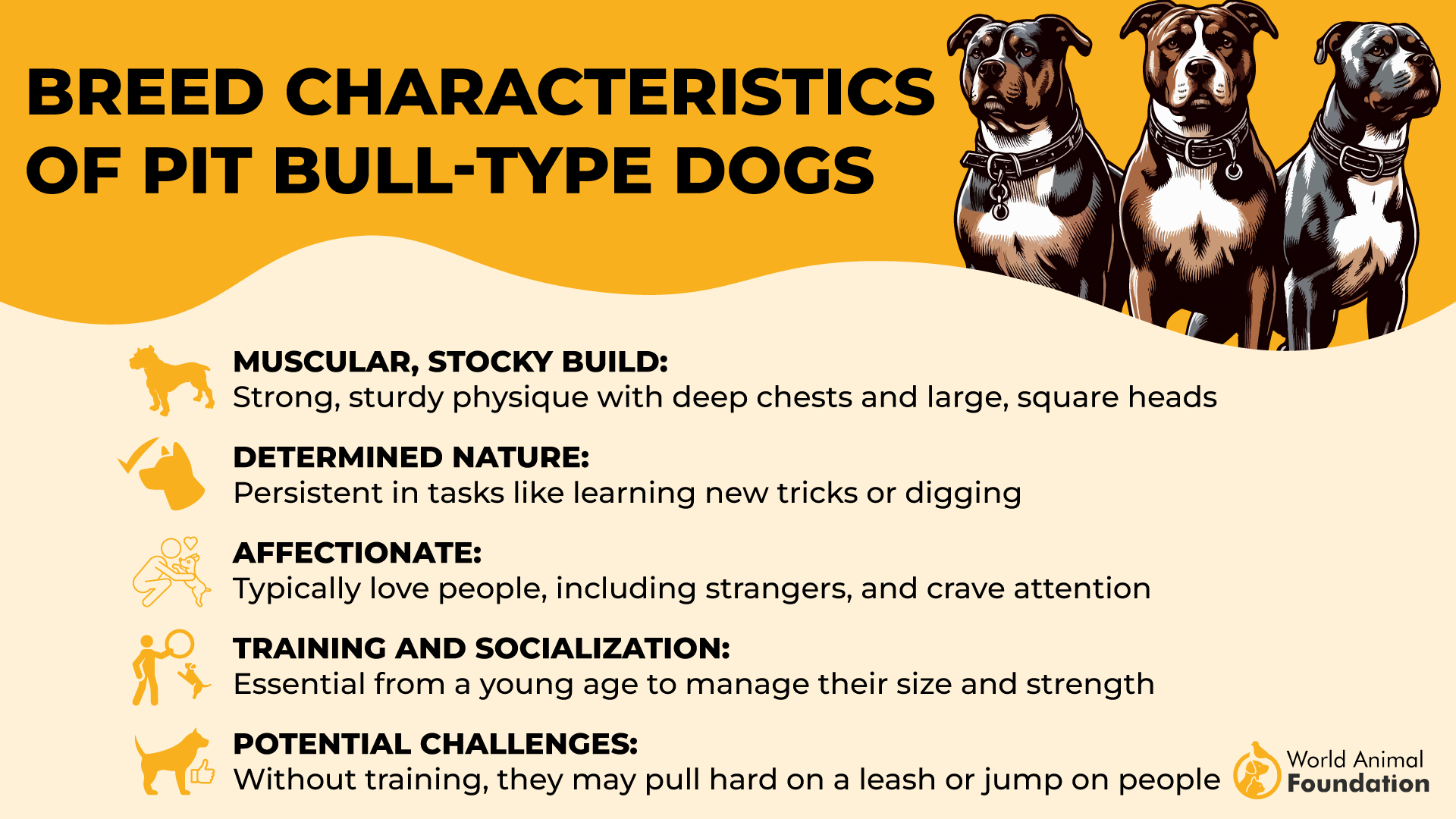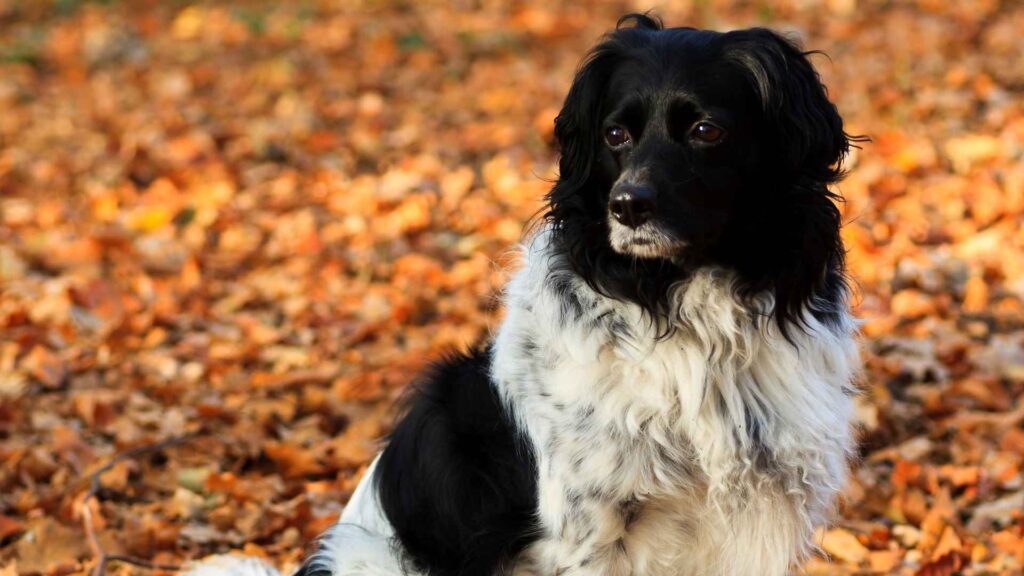In a world where security and companionship are more intertwined than ever, choosing the right guardian for your home is paramount. Exotic guard dogs, known for their unique traits and unparalleled loyalty, stand out as the ultimate protectors. Combining ferocity with intuition, these breeds offer not just safety but also devoted friendship. Whether you’re seeking an imposing presence or a watchful sentinel, our curated list of the top seven exotic guard dog breeds will guide you in finding the perfect protector. Embark on a journey to discover the guardians that exemplify strength, intelligence, and unwavering loyalty.
When it comes to guarding and protection, exotic guard dog breeds are in a league of their own. These powerful and majestic canines are not just visually striking but also offer unmatched loyalty and courage. Often bred for their protective instincts, they excel in guarding homes, properties, and even livestock.
While some of these breeds may have deep historical roots, others are lesser-known gems, offering a unique mix of strength and loyalty. However, owning an exotic guard dog is a responsibility, requiring the right training and environment to ensure they thrive.
Let’s dive into the world of these amazing dogs and discover what makes them stand out.
Did you know?
Some of these exotic guard dog breeds were bred for specific tasks such as protecting livestock, guarding estates, or even assisting in military roles! Their history has shaped them into the strong, fearless protectors they are today.
Exotic Guard Dog Breeds
1. Cane Corso
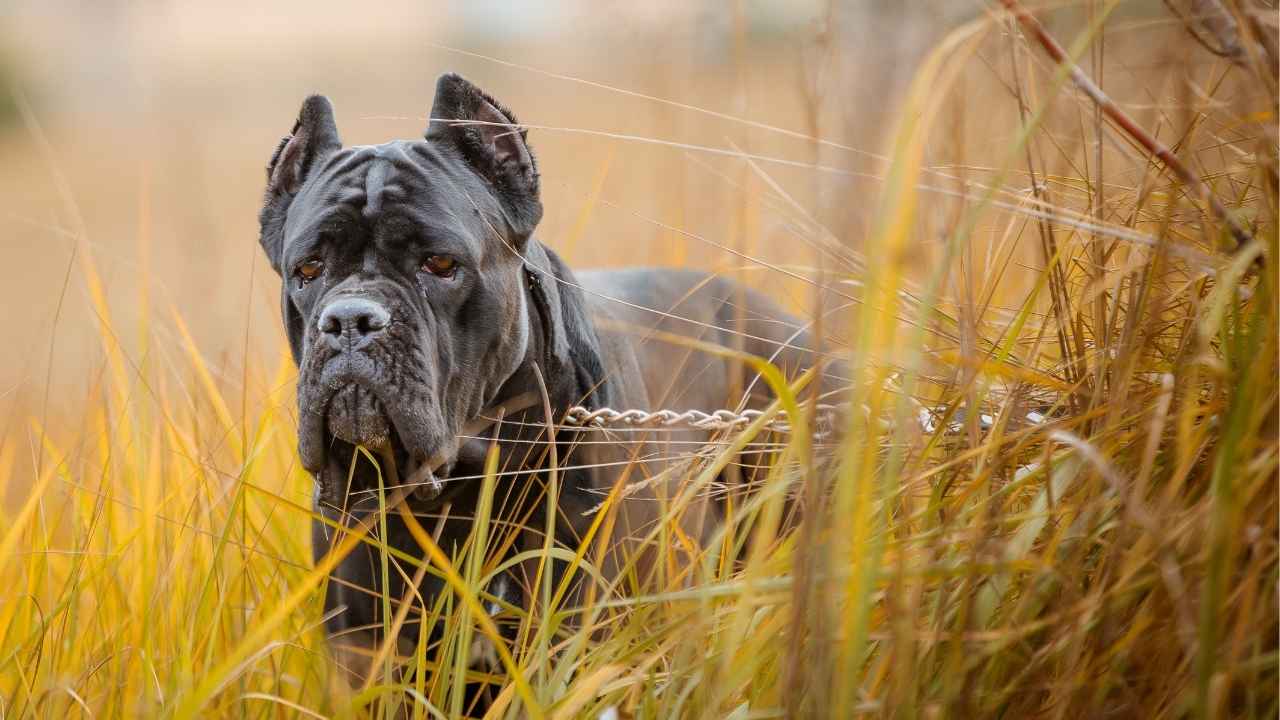
The Cane Corso is an Italian breed with a history rooted in guarding and protection. These dogs are known for their strength and loyalty, making them exceptional protectors. Cane Corsos are muscular and intimidating in appearance but are equally gentle when trained and socialized properly.
They can weigh anywhere between 90 and 120 pounds, making them a physically powerful breed. With a strong jaw and sturdy build, the Cane Corso excels in roles that require both defense and physical prowess. They are highly protective and alert to their surroundings, often sensing potential threats quickly.
Regular exercise is essential for maintaining their strength and stamina. Cane Corsos need space to roam and frequent mental stimulation. Their high energy levels require consistent physical activities to ensure they remain balanced. Without adequate exercise, they may become restless and develop undesirable behavior.
Grooming is relatively simple, as they have a short, dense coat. However, they do shed moderately, so frequent brushing is recommended to keep their coat in good condition. A proper diet is essential for maintaining their physical form. Regular vet check-ups help maintain their health.
Cane Corsos are intelligent and eager to please, making training an enjoyable experience. However, they require firm leadership and consistency. Training is most effective when positive reinforcement methods are employed. Early socialization is crucial to ensure they are well-adjusted and not overly protective of their territory.
Fun fact
Cane Corsos were originally used in Italy to protect livestock, and their name derives from the Latin word “Cohors,” which means “guardian” or “protector.”
2. Tibetan Mastiff
The Tibetan Mastiff is one of the oldest and most unique guard dog breeds, with a rich history dating back to the Himalayas. This breed was traditionally used by Tibetan nomads to protect livestock from predators such as wolves and leopards. They are known for their imposing stature and thick, luxurious coats.
According to the AKC, these dogs have an independent nature and are highly protective of their territory and family. Tibetan Mastiffs are large, with males often weighing over 100 pounds. Their coat helps them withstand extreme cold, and they are well adapted to high-altitude climates, where they face harsh weather.
Despite their size, Tibetan Mastiffs have a calm demeanor, particularly around their family. However, they can be territorial and will fiercely guard their home if they sense any threat. Training can be challenging due to their strong-willed personality. Consistent leadership is necessary for effective training.
Tibetan Mastiffs require regular grooming to maintain their coat. Their long, dense fur tends to mat, so consistent brushing is necessary. This breed sheds heavily twice a year, which increases grooming demands. Without proper grooming, their coat can become difficult to manage. Regular brushing is essential to their care.
Although they are independent, they are also incredibly intelligent. Their ability to think for themselves makes training rewarding, but requires a consistent and experienced handler to manage their assertive tendencies. Training should always focus on building trust and establishing clear boundaries.
Fun fact
Tibetan Mastiffs were so highly regarded that they were once considered a status symbol in ancient China and were even gifted to emperors.
3. Akita
The Akita is a breed with a noble and regal presence, known for its loyalty and courage. Originating from Japan, these dogs were initially bred to hunt large game like bears and deer. Their protective nature and strong build make them excellent guard dogs for both homes and estates.
Akitas are large, strong dogs, with males weighing between 100 to 130 pounds. Their powerful frame and thick double coat are designed to protect them from harsh weather conditions in the mountainous regions of Japan. Despite their tough exterior, they are known for their reserved nature.
Training an Akita can be challenging, especially for first-time dog owners. They are independent and sometimes aloof, requiring an experienced handler to establish leadership. Early socialization and consistency are key to managing their temperament. They may not always follow commands unless they respect the leader.
Regular exercise is essential for the Akita. They enjoy brisk walks and active play sessions, and their intelligence makes them well-suited for obedience training. However, their strong prey drive can be a challenge when interacting with smaller animals. Adequate training and exercise are crucial for managing their energy.
Grooming an Akita is relatively easy, with their thick coat shedding seasonally. Brushing during shedding periods helps manage the shedding and maintain the health of their fur. A balanced diet and proper care will keep them in optimal condition. Regular check-ups ensure their health is properly managed.
Fun fact
In Japan, Akitas are considered symbols of good health, happiness, and long life. Statues of Akitas are often given as gifts to wish someone well.
4. Black Russian Terrier
The Black Russian Terrier is a breed that was developed by Soviet breeders in the 1940s and 1950s for military and border guard duties. This breed is known for its strength, endurance, and intelligence, making it an excellent choice for guarding and protection roles. They were specifically bred to excel in harsh environments.
As per PetMD, Black Russian Terriers are large and muscular dogs, often weighing between 80 and 130 pounds. Their dense black coat is well-suited for cold climates, providing both protection and camouflage in snowy environments. They are highly alert and protective of their territory, with a strong instinct for guarding.
Despite their intimidating appearance, Black Russian Terriers are known for their calm demeanor around their families. They are loyal and make great working dogs in security roles. However, they require firm leadership and consistent training to manage their protective instincts. Early socialization helps with managing assertiveness.
They are highly intelligent and eager to please, making training relatively easy, though they do require regular mental stimulation. Consistent exercise is important to prevent boredom and ensure they remain well-balanced. They thrive in environments that provide both physical and mental challenges.
Grooming this breed is moderate, as their dense, curly coat requires regular maintenance to prevent matting. Regular brushing and professional grooming are necessary to keep them looking their best and to maintain the health of their coat. Proper grooming contributes to their overall well-being.
Fun fact
The Black Russian Terrier was developed using several breeds, including the Rottweiler and Schnauzer, to create a versatile dog capable of working in various military and security roles.
5. Komondor
The Komondor is an ancient and highly unique breed recognized for its distinctive appearance. With long, corded fur that resembles a mop, this Hungarian breed was traditionally used to guard livestock. The thick cords that form naturally help protect the dog from predators, giving it an intimidating look.
Komondors are large and powerful, with males typically weighing between 100 to 130 pounds. Their size and strength make them formidable protectors, especially when guarding herds of sheep. The breed’s natural guarding instincts make them highly protective of their family and property, without much training required for alertness.
Training a Komondor requires patience and consistency. They can be independent and stubborn, making early socialization and firm leadership essential. Despite their independent nature, they are highly intelligent and capable of learning complex commands. Leadership and trust-building are important for success in training.
Grooming the Komondor is a significant commitment due to their corded coat. The cords form naturally, but they require regular maintenance to prevent matting. Without proper care, their coat can become heavy and uncomfortable for the dog. Regular grooming ensures their health and comfort.
While their appearance may seem intimidating, Komondors are known for their calm and composed nature, especially when at home. Their unique coat and guarding instincts make them stand out among other guard dog breeds. They are naturally protective and devoted to their duties.
Fun fact
The Komondor’s cords protect it from predators. Their white coat helps them blend in with sheep, making them excellent at guarding livestock in the fields.
6. Bull Terrier
The Bull Terrier is an energetic and unique breed known for its muscular body and distinctive egg-shaped head. Originally bred in 19th-century England for bull-baiting, Bull Terriers have evolved into friendly, loyal dogs. Their strong, athletic build and playful personality make them a favorite among active dog owners.
Bull Terriers have a compact, robust body with a short, smooth coat. While they require minimal grooming, they do shed throughout the year, so regular brushing is essential to maintain their coat’s health. Their bold personality and high energy levels require owners who can provide ample exercise and mental stimulation to keep them content.
Britannica states that training a Bull Terrier can be challenging due to their independent and sometimes stubborn nature. They are intelligent but can be hard-headed. Consistency and patience are key to successful training. Early socialization is necessary to prevent potential aggression toward other animals, but they tend to be affectionate with people.
Despite their tough appearance, Bull Terriers are affectionate and playful. They enjoy being active and require plenty of physical activity. They thrive in environments where they can engage in stimulating play. Their energetic nature makes them excellent companions for people who can meet their exercise and attention needs.
Grooming a Bull Terrier is simple due to their short coat, but regular exercise is necessary to maintain their physical and mental health. Their strong and muscular physique demands vigorous activity. Bull Terriers enjoy challenges, so interactive games and training exercises are great ways to engage them and keep them healthy.
Fun fact
Bull Terriers were once called “Gladiator Dogs” because of their origins in bull-baiting. However, over the years, they have become affectionate and playful companions, shedding their violent past for a more loving and energetic role.
7. Stabyhoun
The Stabyhoun is a rare Dutch breed known for its versatility as a hunting and guard dog. With a history of being used to protect property and hunt small game, this breed is prized for its intelligence and alertness. Stabyhouns are medium-sized dogs with a muscular, sturdy build.
These dogs are energetic and need regular exercise to stay healthy and balanced. Their keen sense of smell and excellent tracking abilities make them valuable working dogs, whether in hunting or guarding. They can be reserved with strangers but are loyal and affectionate towards their families.
Training a Stabyhoun requires patience, as they are independent thinkers. Early socialization is key to helping them become well-rounded dogs. Consistency in training is necessary to ensure they understand their role as a protector.
Grooming a Stabyhoun is manageable due to their medium-length, water-resistant coat. Frequently brushing helps to keep their coat looking healthy, and they shed moderately throughout the year. Their diet should be well-balanced to support their active lifestyle.
Stabyhouns are known for their calm demeanor and alert nature. While they may not be as assertive as other guard dog breeds, they excel in protecting with their keen senses and watchfulness. Their intelligence and loyalty make them reliable watchdogs.
Fun fact
The Stabyhoun is so rare that fewer than 1,000 of these dogs exist outside the Netherlands, making them an uncommon sight even in their native country.
Conclusion
Exotic guard dog breeds offer a unique combination of strength, loyalty, and protective instincts that make them exceptional guardians. Each breed has its own history, purpose, and personality traits, whether it’s the massive Tibetan Mastiff or the agile Akita. While they all share a common bond of being fiercely protective, they also require commitment, proper training, and care.
Some other dog breeds, like the German Shepherds, are intelligent, loyal, and versatile dogs commonly used in police and military work. When considering the best guard dog breeds, basic obedience training is crucial.
Protective dog breeds like the German Shepherd or Akita make great guard dogs, often trained as police dogs. Family guard dogs need reliability and consistency, making them reliable guard dogs for any household.
These dogs aren’t just symbols of strength; they are loyal and intelligent creatures who deserve the best environment to flourish. Whether you’re looking for a majestic protector or a steadfast guardian, these exotic breeds prove that true protection goes beyond size—they offer unmatched devotion and reliability. With the right care, an exotic guard dog can be a valuable and loyal protector for years to come.
In conclusion, selecting the right exotic guard dog breed for ultimate protection involves balancing temperament, loyalty, intelligence, and physical prowess. Each of the top seven breeds offers unique advantages, from the imposing presence of the Tibetan Mastiff to the vigilant nature of the Cane Corso. These breeds not only provide robust security but also form strong bonds with their families, ensuring a harmonious household. While each breed has specific care requirements, their unwavering dedication and instinctive protective capabilities make them invaluable assets for those seeking both companionship and security. Ultimately, the ideal choice depends on individual needs and lifestyle.

